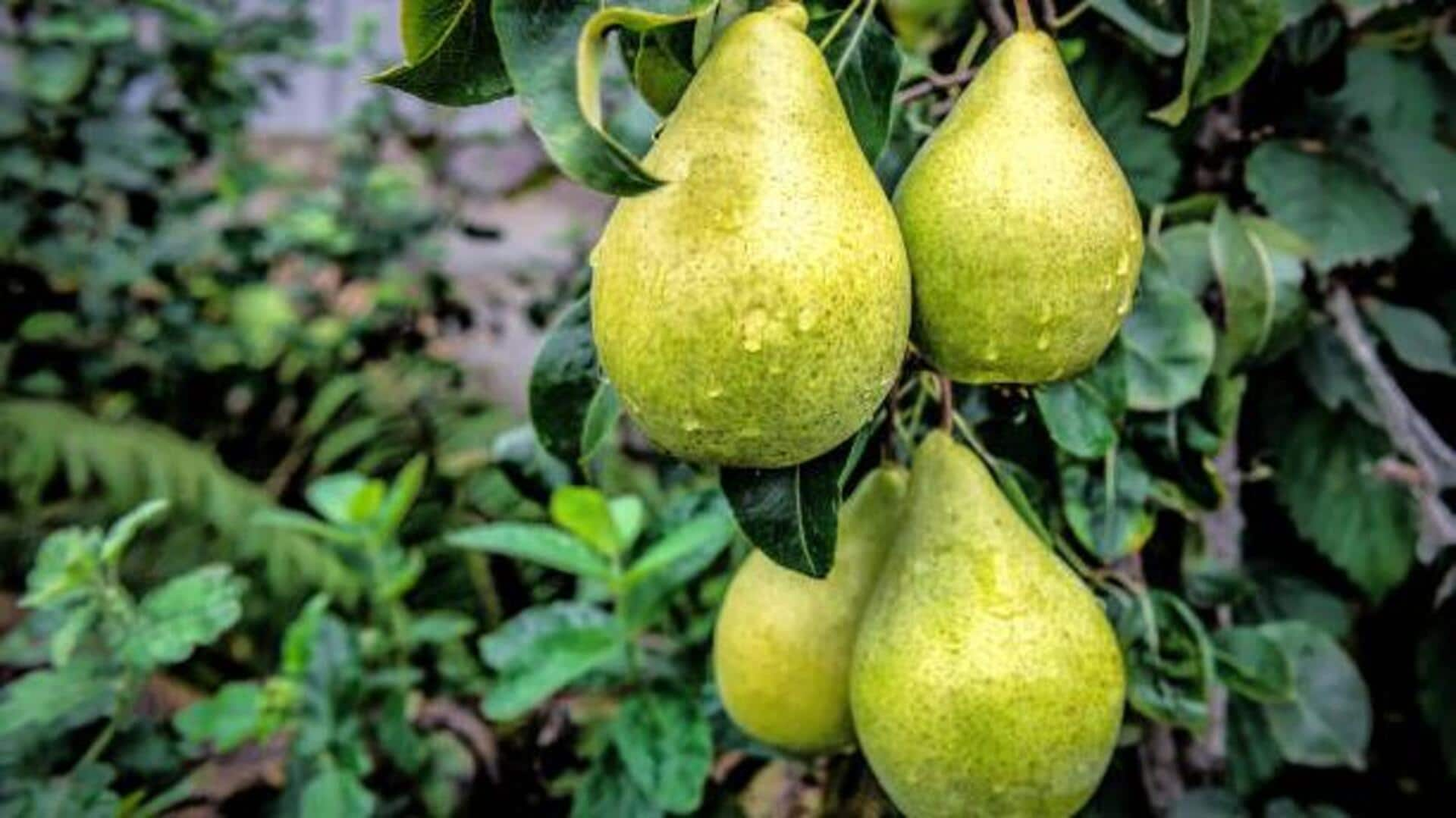
Surprising health benefits of wild pear
What's the story
The African wild pear, commonly referred to as Dacryodes edulis, is a relatively obscure fruit with immense potential. Native to tropical Africa, the fruit serves as a nutritious food source, but also provides a range of applications and advantages. Its adaptability makes it something worth diving into. From its nutritional worth to its economic potential, the African wild pear offers opportunities that are ripe for the taking.
#1
Nutritional value and health benefits
The African wild pear is loaded with essential nutrients, including vitamins C and E, which are crucial for good health. It is also packed with healthy fats that can promote heart health. Antioxidants in it help fight free radicals in the body, thereby reducing the chances of chronic diseases. Adding this fruit to your diet can give you a natural boost of well-being.
#2
Culinary uses and versatility
This fruit's unique taste makes it ideal for various culinary applications. Whether eaten raw or cooked, it's commonly used in traditional dishes across Africa. The pulp can be added to salads or used as a spread on bread. Its oil-rich seeds can sometimes be processed into cooking oil, adding another layer of utility to this versatile fruit.
#3
Economic potential for local communities
The cultivation and sale of African wild pears present economic opportunities for local communities in regions where it grows naturally. By promoting sustainable farming practices, these communities can see increased income through local markets or export opportunities. This not only supports livelihoods but also encourages the preservation of indigenous plant species.
#4
Environmental impact and sustainability
Growing African wild pears also contributes positively to environmental sustainability. These plants adapt to various soil types and climates without the need for extensive agricultural inputs like fertilizers or pesticides. This resilience makes them an ideal crop for promoting biodiversity, as well as supporting ecological balance within their native habitats.